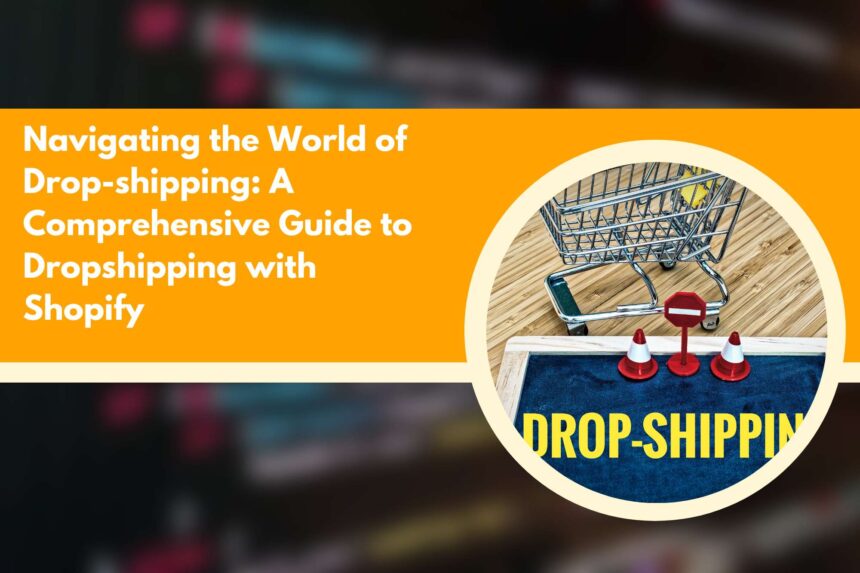Drop-shipping is an eCommerce model that allows you to sell products without maintaining inventory or handling shipping and fulfillment. With Shopify, you can easily manage a dropshipping business, select reliable suppliers, and enjoy the benefits of this popular business model. In this article, we’ll explore the advantages and challenges of dropshipping and guide you through managing a successful dropshipping business on Shopify.
Understanding Drop-shipping
In the dropshipping model, you partner with a supplier who stores, packs, and ships products directly to your customers on your behalf. This model offers several benefits, including:
a. Low startup costs and minimal overhead.
b. No need to manage inventory or handle shipping.
- Advertisement -
c. The ability to offer a wide range of products.
d. Flexibility to run your business from anywhere.
However, drop shipping also has its challenges, such as:
a. Lower profit margins due to supplier fees.
b. Limited control over product quality and fulfillment.
- Advertisement -
c. Potential issues with shipping times and customer service.
Selecting Drop-shipping Suppliers
Choosing the right suppliers is crucial to your dropshipping business’s success. Consider the following when selecting a supplier:
a. Product quality and consistency.
- Advertisement -
b. Shipping times and reliability.
c. Communication and customer service.
d. Pricing and payment terms.
Popular dropshipping suppliers compatible with Shopify include Oberlo, Spocket, and Printful.
Setting Up Your Shopify Store for Dro-pshipping
To set up your Shopify store for dropshipping, follow these steps:
a. Sign up for a Shopify account and select a suitable plan.
b. Choose a theme and customize your store’s design and layout.
c. Install a dropshipping app, such as Oberlo or Spocket, to connect with suppliers and import products.
d. Configure your store settings, including payment gateways, shipping rates, and taxes.
Managing Products and Inventory
With a dropshipping app, you can easily manage products and inventory on your Shopify store:
a. Import products from your chosen suppliers to your store.
b. Customize product titles, descriptions, and images to fit your brand.
c. Set product pricing and apply desired profit margins.
d. Monitor and update inventory levels automatically as products are sold.
Processing and Fulfilling Orders
Once a customer places an order, the dropshipping process typically follows these steps:
a. The customer places an order on your Shopify store.
b. You receive the order and forward it to your supplier. c. The supplier ships the product directly to your customer. d. You update the order status and provide tracking information to the customer.
Providing Customer Support
Despite not handling shipping and fulfillment, it’s essential to offer excellent customer support to maintain customer satisfaction. Key aspects of customer support include:
a. Timely and effective communication. b. Addressing product issues or returns.
c. Managing customer inquiries and complaints.
d. Providing shipping updates and tracking information.
Marketing and Scaling Your Dro-pshipping Business
Effective marketing is crucial to attracting customers and growing your dropshipping business. Consider the following strategies:
a. Search engine optimization (SEO) to drive organic traffic to your store.
b. Social media marketing to engage with potential customers.
c. Email marketing to nurture leads and encourage repeat purchases.
d. Paid advertising on platforms like Google Ads and Facebook Ads.
Drop-shipping with Shopify offers a low-risk and flexible business model for eCommerce entrepreneurs. By carefully selecting suppliers, setting up your store, and managing your drop-shipping business







